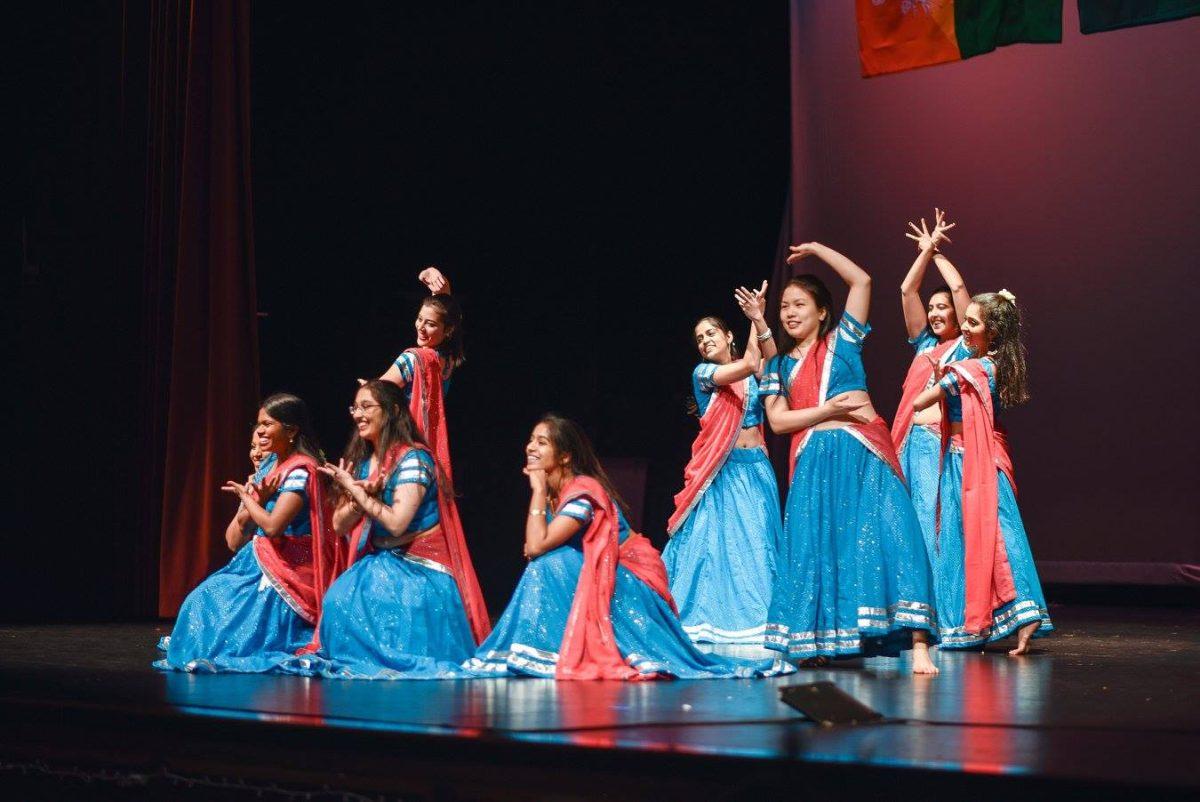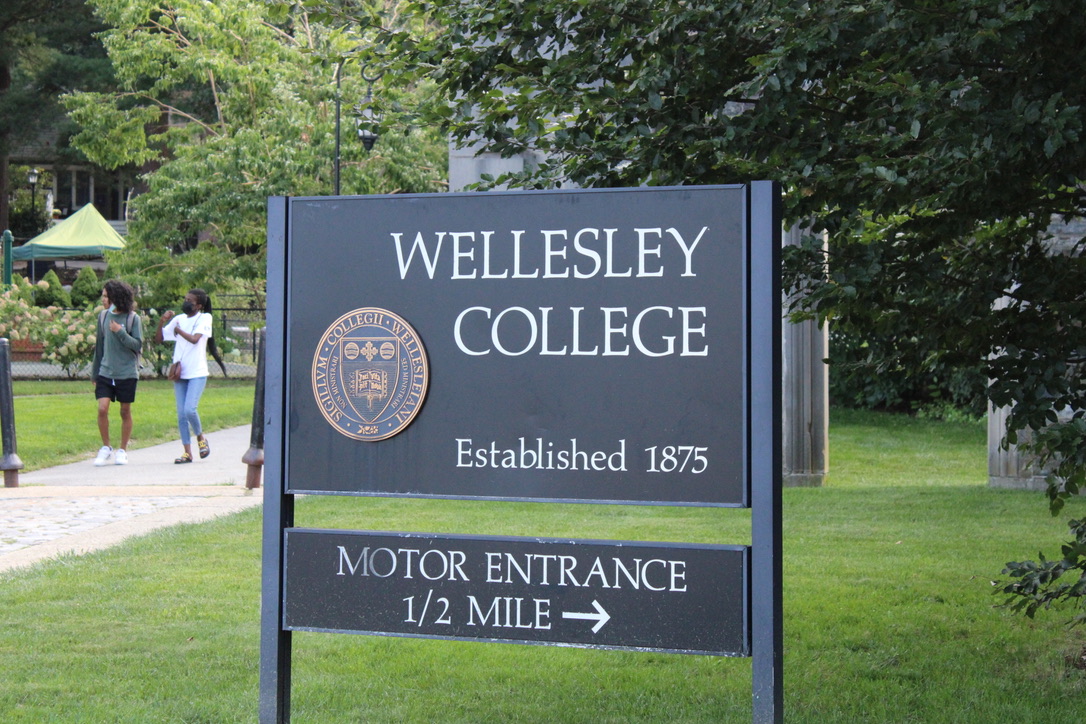On Saturday, Nov. 10 at 6 pm, the Wellesley Association for South Asian Cultures (WASAC) will be hosting their annual culture show, Shruti Laya, at Alumnae Hall. This year’s theme is “Katha: Our Stories” and it will feature song, dance, spoken word and a short film about Wellesley’s South Asian studies department.
“It’s a lot about celebrating the diverse stories of South Asia, but mainly it’s about understanding how South Asia, and Wellesley, fit into our own stories,” said Aliza Amin ’20, the co-cultural chair of WASAC. Amin joined WASAC this year mainly so that she could have a role in organizing the show.
The idea for “Katha” — which means storytelling in many South Asian languages including Hindi, Urdu and Bengali — came into being after Sitara Sriram ’19, co-president of WASAC, spoke to Professor Radhakrishnan of the sociology department about possible themes for this year’s show.
“We were talking about storytelling and institutional memory, and how so many South Asian cultures use oral storytelling as a way of passing down different stories and identities … South Asian history in American textbooks is colonizer’s history … using the theme of Katha, [we wanted] to push back against that and create our own institutional memory as WASAC,” said Sriram.
Other recent themes include “Ekta,” Sanskrit for “unity,” in 2015; “Junoon,” Urdu for “passion,” in 2016; and “Humans of South Asia” in 2017.
Beginning in 2015, WASAC has tried to represent a larger number of South Asian countries in Shruti Laya, rather than only a handful. For instance, within the past few years they have added a dance by the Pakistani Students Association (PSA) and the Bangladeshi Students Association (BSA), as well as a South Indian dance. This year, they have a spoken word performance by Tamil and Sinhalese Sri Lankans.
In their own performance, WASAC’s eboard members generally try to feature a country that doesn’t appear in the rest of the show. This year, they will perform two songs, one Punjabi and the other a Gujarati folk song.
“In the fall of 2015 was when [WASAC] started to make the push towards making sure Shruti Laya was more than just a Bollywood, north Indian-centric show,” said Sriram.
In addition to featuring a larger number of countries, WASAC has also tried to incorporate more diverse forms of performing arts. In the past, they focused primarily on song and dance, but in the last couple years they have experimented with other forms of expression.
“We wanted to make it a balance between all sorts of performing arts and not just a dance-heavy show. So we got more spoken-word, we got short films that we showed, we got more types of performances,” said Sannidhi Joshipura ’19, the other co-president of WASAC.
WASAC has also taken a step towards making the show more “political,” according to Amin, through the inclusion of current events.
“We try to highlight news that’s been going on in countries that are generally less talked about, like Bhutan and Sri Lanka and Nepal, trying to decenter from the North Indian-ness that Shruti Laya used to be,” she explained.
Shruti Laya took place in Jewett until 2016, when it was relocated to Alumnae Hall. Since making the shift, the members of WASAC have noticed a positive change. Whereas Jewett felt smaller and more intimate, Alumnae Hall provided more room and allowed WASAC to better publicize their event to the Wellesley community.
The performers, whether they are dancers, singers or poets, usually start preparing a month in advance. However, expertise is not required to take part; the point of the show is to bring South Asian students together so that they can have fun performing to songs that they love, or that they have grown up listening to.
“The dances are not technical. The main aim for Shruti Laya is that you bring the South Asian community together on stage and have fun while performing, so it’s not like a talent show,” said Joshipura.
As an umbrella organization for all South Asian organizations on campus, WASAC tries to invite many organizations to perform on the show, and earlier in the semester they sent out a signup sheet to the entire school. This year, they invited off-campus South Asian dance troupes from Boston College and Tufts to perform. Wellesley’s Blue Notes will also be featured in this year’s show, and in the past they have invited members of Wellesley Out Loud.
Amin, Joshipura and Sriram are especially excited when new faces who have never been part of WASAC become interested in being part of Shruti Laya.
“One thing that’s always been a goal of ours is to try to reach people who are South Asian, who are not necessarily involved in WASAC … [we] try to bring those people in,” said Sriram. “I think at our events we’ve seen a lot of people that we haven’t seen before, which is nice.”
Shruti Laya can be a way for first-years and upper-class people alike to bond over commonalities and learn about differences in South Asian cultures.
“You see a lot of diversity in the kinds of performance,” said Amin. “Being exposed to all that has helped not only my confidence grow performing on stage, but definitely has helped me find common bonds between people who have come from a different background than me.”






